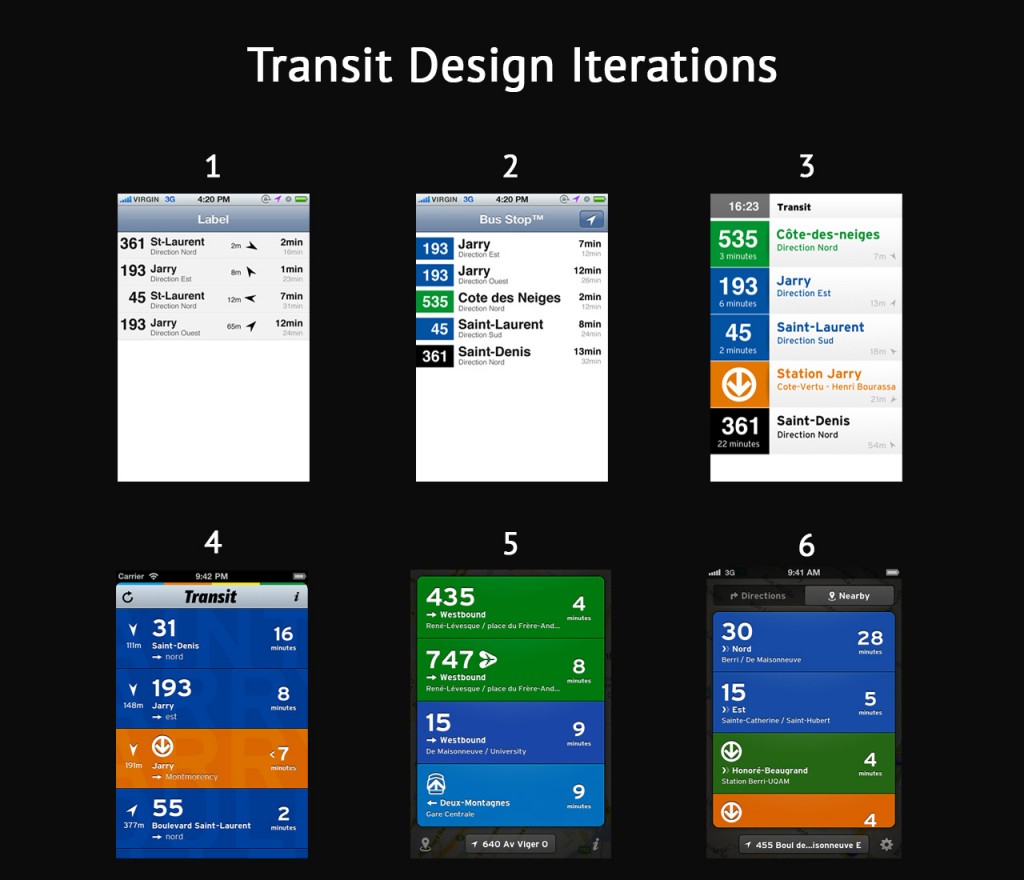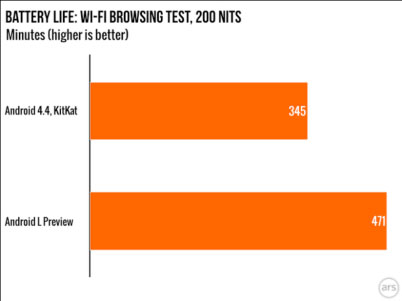In an effort to emphasize the importance of App Store Optimization, the Mystic Media Blog is applying its expertise into a six-part series on ASO. In our previous entry Key Differences in Apple Vs. Google Play App Stores, we detailed how to optimize specifically for either app store. This week, we conclude the series by exploring the effects of changing your app title after release and how to efficiently change titles while minimizing negative effects on ASO.
One of our clients recently wanted to change the title of their app on both Apple App Store and Google Play. While their previous title was okay, they came up with a new title which would potentially attract more of their target audience. They consulted us on the process of changing app titles and its effects on ASO. While it may seem like a simple fix, the process of changing titles is not seamless and can make the developer look unprofessional if improperly executed.
First and foremost, one must weigh the negative impact of changing titles. Changing the title of an app will not wipe out the number of previous downloads and ratings & reviews, but if an app has an established brand, changing titles can be highly detrimental to ASO. Whatever word-of-mouth or brand recognition an app already had will dissipate. App Store users looking for the app under its previous name will be unable to find it. So if it ain’t broke, don’t fix it.
A name change can ultimately attract more users if the name is catchy and features a keyword optimized for search. One of the most interesting findings we came across in our ASO research came from a blog in which a developer discovered a hole in the Apple App Store’s keyword search and exploited it (check out Master the Art of Writing a Catchy Title and Keywords for more info on writing keywords). The developer originally released Texties, an app which allows for users to easily send unicode artwork. Frustrated with the limited amount of downloads, the developer discovered searching “texties” in the App Store returned 2200 results and Texties wasn’t at the top. He soon realized searching “txts” yielded the same search results. It became apparent Apple was using some fuzzy auto-correcting on search strings. The developer proceeded to change their app title to “Textables”, which now comes up first in title searches.
Check out Mark Rickert’s blog for more information on this story.
If the developer elects to change app titles, the process is laborious. The developer must change the title everywhere it’s previously appeared—on their website, social media, app description, and screenshots—not to mention all the places the app title appears within the app itself.
So long as the function of the app is not different, ASO shouldn’t be affected dramatically by a title change, but one has to keep in mind the keywords must be optimized for the search terms associated with both the app’s function and title. If the title change is drastic enough that the developer thinks the keywords which would lead to it have changed, they must change the keywords to search terms more befitting of the new title. If the developer feels the keywords associated with the old title apply equally to the new title, there’s no need to change them and it should not have a noteworthy effect on ASO, assuming they are right.
When changing an app name on Google Play, it’s crucial to note that Google looks through the app description for keywords (as we detailed in Key Differences in Apple Vs. Google Play App Stores). If the keywords have changed, it’s vital the developer proceed to revise the app description appropriately.
The app name can easily be changed on the Apple App Store through iTunes Connect. On Google Play, changing the “android:label” attribute of your application tag in “AndroidManifest.xml” file will do the job. However, changing the app name on devices requires the developer to change the metadata to reflect the new title and upload the newly-titled app as an update. Users who already have the app must download the update to change the name of the app on their phone. This makes changing a name on the Apple App Store more difficult than on Google Play since Apple must approve all updates before they go live on the app store.
Changing an app name on Google Play presents its own challenges. Apps on Google Play retain a package name, which is a URL owned by the app to prevent name collisions. Changing the title of an app does not alter the package name, any links previously used will remain unbroken despite the change in app title. However, the package name is one thing that cannot be changed unless you’re uploading a new app. If a developer is so concerned about the original title being in the package name that they decide they must change it, they would have to start from scratch, post the newly titled app in a separate package on the app store as a new app, and lose all traction and reviews they previously had earned.
Check out this article at Android Developers Blog for more information on package names.
As we explored in Master the Art of Writing a Catchy Title and Keywords, app titles are vital to ASO. Changing an app’s title can be helpful to ASO granted the new title is catchier, more functional, and it’s early enough in the release that the app does not have a big following.
This concludes our six-part series on App Store Optimization. Thank you to our readers! We hope this serves you well in your future app development adventures. In the meantime, stay tuned!
Mystic Media is, among many other things, a premier Search Engine Optimization firm. Our Marketing Strategists recognize the importance of ASO and can work with the tech side to ensure all websites and applications designed will succeed in the marketplace. Contact us today by clicking here or by phone at 801.994.6815


